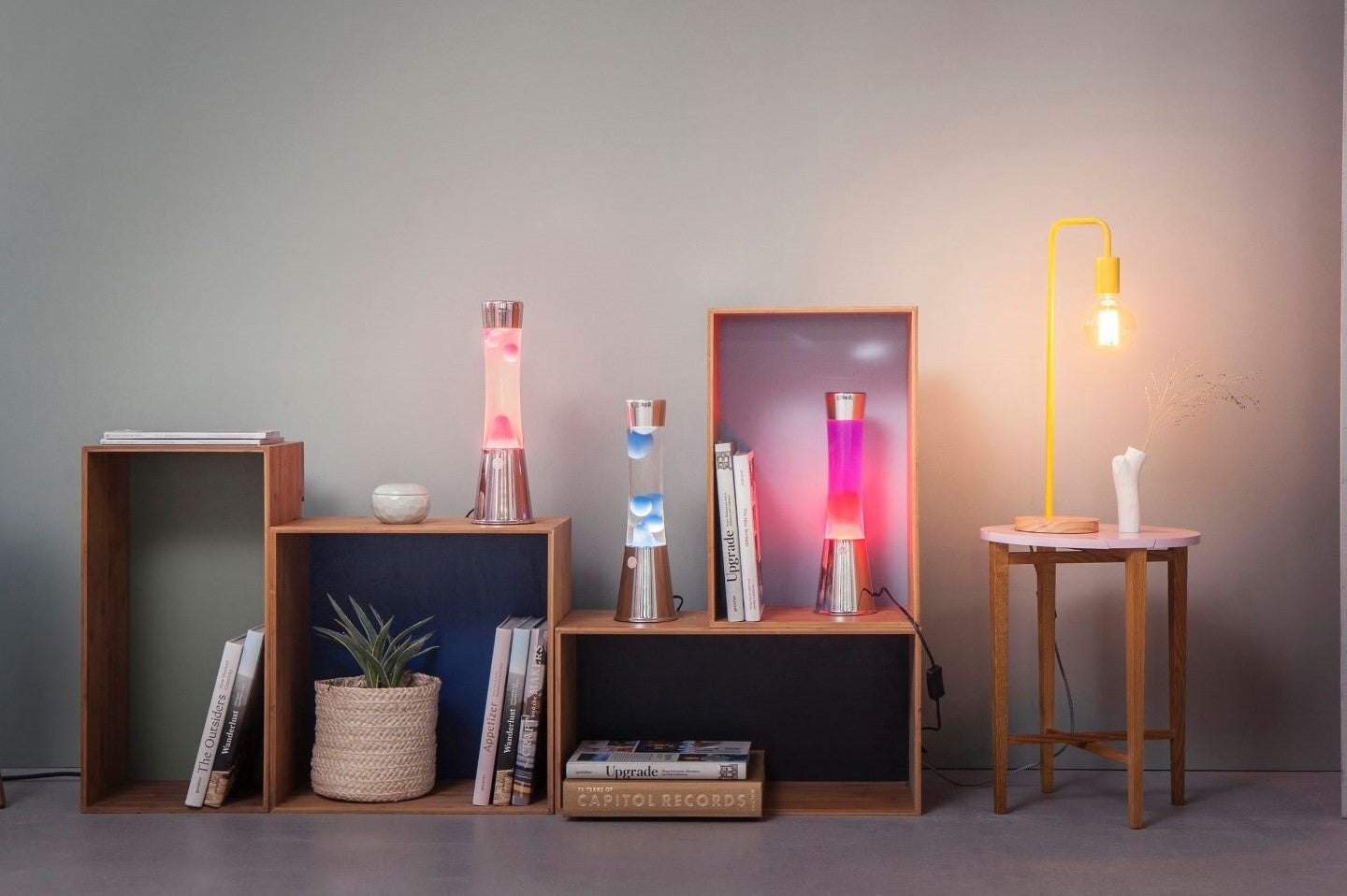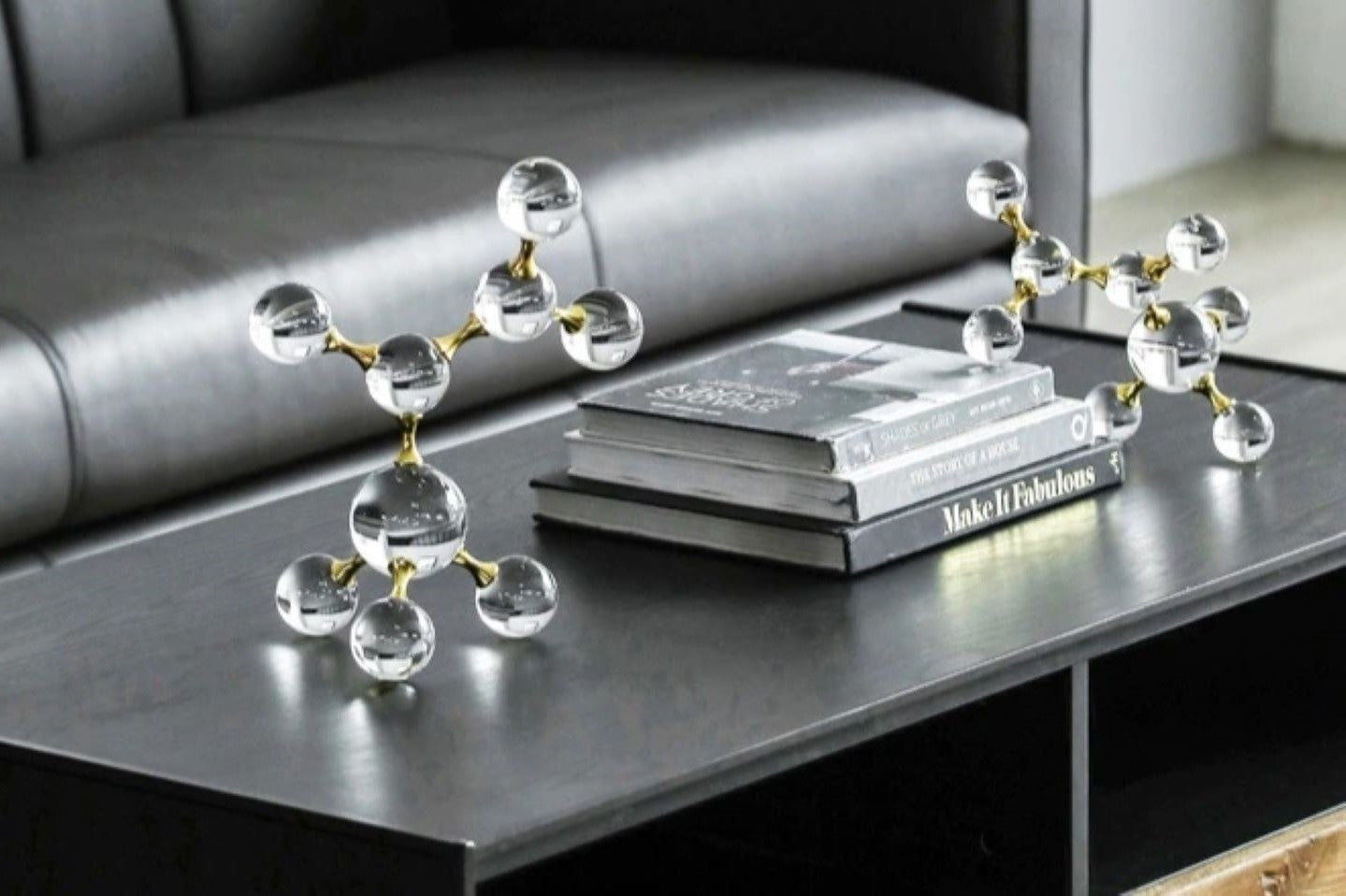Discover the Fascinating World of the Lava Lamp: Functioning, Manufacturing, Invention, and Solutions to Common Problems
Welcome to the enchanting universe of the lava lamp, a retro icon that has captivated the imagination of generations! These unique lamps, also known as lava lamps or bubble lamps, bring a hypnotic and soothing ambiance to any space. In this article, we will delve into the working principle of the lava lamp, discover the magical liquid it contains, explore its history, and learn how to make a homemade lava lamp. Additionally, we will address common reasons why your lava lamp might not be functioning properly.
How does the lava lamp work?
What is the principle of the lava lamp? The lava lamp operates on a simple yet fascinating principle. Inside its glass globe, two immiscible liquids coexist: oil and water. The oil, being less dense, floats above the water. The globe is placed on a heat source, usually a bulb, which warms the oil and water mixture. As the heated oil reaches its melting temperature, the bubble lamp becomes less dense and rises to the surface, forming bubbles. These bubbles carry pieces of colored wax, creating the characteristic hypnotic effect of the lava lamp.
What liquid is used in lava lamps?
The liquid used in lava lamps is essential for achieving the desired magical effect. Mineral oil, often based on paraffin, is commonly used because of its low density and viscosity. It allows the colored wax to float and create the characteristic bubbles. Conversely, water serves as a base and support for the oil. The perfect mix of these two liquids is crucial for the proper functioning of the lava lamp.
Who invented the lava lamp?
The lava lamp was invented by Edward Craven Walker, an Englishman and former sailor, in the 1960s. This revolutionary invention was inspired by experiments he conducted with whiskey bottles filled with water and immersion sticks. He then founded the brand "Mathmos" to market these amazing lamps. Since then, the lava lamp has become an iconic decorative item from the 1960s and continues to fascinate retro and futuristic design enthusiasts.

How to make a lava lamp?
You can create your own homemade lava lamp with a few simple ingredients. You will need a clear glass bottle, mineral oil, colored candle wax, a bulb, and a heat source such as a desk lamp. Fill the bottle with mineral oil and add pieces of colored wax. Attach the bottle to the heat source and turn it on. You will be amazed by the hypnotic effect your homemade lava lamp will create.
Why is my lava lamp not working?
If your lava lamp is not functioning properly, there could be several reasons. Make sure the lamp is properly assembled and that the bulb is working. Also, check that the oil and wax mixture is balanced and that the bottle is not overheated. If your lava lamp needs refreshing, you can purchase refill kits to restore its original shine.

Conclusion
The lava lamp is much more than a simple light fixture; it's a hypnotic piece of art that evokes a sense of nostalgia and fascination. By understanding its working principle, discovering its magical liquids, learning its history, and realizing that you can even make one at home, you can now appreciate this unique object even more. To add a retro and enchanting touch to your space, explore our exclusive collection of lava lamps.
Feel free to dive into the fascinating world of the lava lamp and share your passion with other enthusiasts of this iconic object!





Leave a comment
All comments are moderated before being published.
This site is protected by hCaptcha and the hCaptcha Privacy Policy and Terms of Service apply.